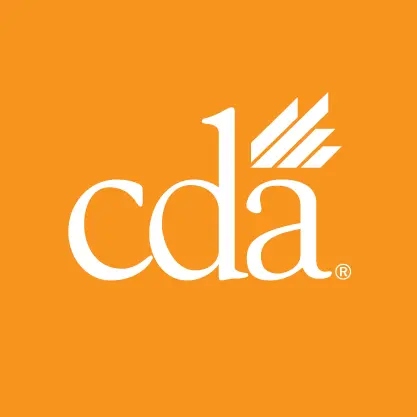Drumroll …
Congratulations — the dental plan paid the claim! Or did they? Confirmation that your claim has been processed comes in two forms: payment and/or an explanation of benefits. An EOB is sent to the patient and/or dental office as a receipt of services provided. Unfortunately, dental plans do not have standardized formats for these documents, which is why it’s necessary for an office to pay close attention to columns, verbiage and line items and to read the EOB completely.
Practice Support often receives calls from offices questioning what they were paid and what they may charge their patients. In most cases, the answers to these questions can be found on the EOB.
The EOB indicates whether or not treatment was covered. If the service was denied, the plan is required to explain the denial. As I’ve already stated, since these forms are not standardized among dental plans, the language on the EOB can cause confusion between patients and providers.
In addition to reflecting what was paid by the plan, the EOB lists what amount, if any, the patient is responsible for paying. I receive some calls from dentists who ask me what they are allowed to charge the patient. In response, I always ask, “What does the EOB note for patient liability?” One can become so focused on what the plan paid or did not pay that he or she forgets to review what the patient’s liability is.
Once the patient liability is determined, questions arise. Network participation frequently results in practice write-offs due to contracted fees as one of the terms of a dental plan agreement. If the dentist is an in-network dentist with the plan, the dentist might not be allowed to bill the patient the balance between their usual fee schedule and the plan’s contracted fee schedule. The difference between the practice fee and the plan’s contracted fee would be considered a write-off.
The following items on the EOB should be carefully reviewed for accuracy:
- Patient name
- Treating dentist
- Date of service
- CDT code(s) submitted
- Total of billed charges
- Allowed amount(s)
- Excluded charges
- Deductible
- Co-payment/patient responsibility
- Total paid
- Remarks, comments and notes – usually found at the bottom of the claim
Limitations and exclusions
When the entire EOB is read, we might find that the patient’s policy has limitations and exclusions. In most cases, dental policies are designed to cover a portion of patients’ dental expenses, but they are not designed to cover every dental need.
A typical dental plan has limitations such as the frequency in which a patient can receive a cleaning each year.
In addition, some procedures might not be covered under a policy; this is referred to as an “exclusion.” Why? Because benefit plans are similar to other insurances in a person’s life. For example, if you own a home and it floods and your homeowners policy does not include flood coverage, the insurance company will not cover the needed repairs. In the same way, if a dental benefits plan does not cover or allow a service, it does not mean the treatment is not necessary; it just means the plan will not cover that treatment. For this reason, it’s important that a dentist review the treatment options available to the patient and obtain a signed informed consent from their patient every time the patient is treated. (CDA Practice Support offers a "Financial Agreement and Consent Form.") This is all the more critical when you are in contract with a dental benefits plan because plans require informed consent from the contracted dentists.
Often, a plan will set criteria outlining its informed consent policy. To see an example of one dental plan’s informed consent requirements for its contracted dentists, I encourage you to visit Delta Dental’s informed consent policy available on its FYI blog.
Alternative benefits
It’s not uncommon for dental plans to apply alternative benefits during claims processing, and they include this information on the EOB. Sometimes an alternative benefit is allowed as the least costly alternative that could be used to treat a dental problem instead of a more costly treatment option that the patient chooses.
While some plans allow a dentist to charge a patient the difference between the plan’s allowed amount and the total billed amount for an elected upgrade service, it’s important to understand that other plans do not allow this practice. Due to these types of contractual restrictions, be sure to read your participating provider agreement for specific plan rules and to review the patient liability section of the EOB. If the plan does allow the contracted dentist to charge a patient for an elective upgrade, the dentist should be sure to obtain a Patient Financial Agreement and Consent. CDA Practice Support offers a "Patient Financial Responsibility for Elective Upgraded Services Form."
Appeals
Another key element often noted on the EOB is the plan’s appeal and dispute guidelines. Providers: Exercise your appeals rights. If the dental plan did not pay your claim, see chapter 10 of CDA’s “Dental Benefit Plan Handbook – Understanding the Claim Appeal Process.”
Access all the resources cited in this article in the CDA Practice Support resource library at cda.org/practicesupport.
If you have questions about dental benefits, contact a CDA Practice Support expert before you act or potentially take the wrong step. Call 800.232.7645 or submit your question online.
